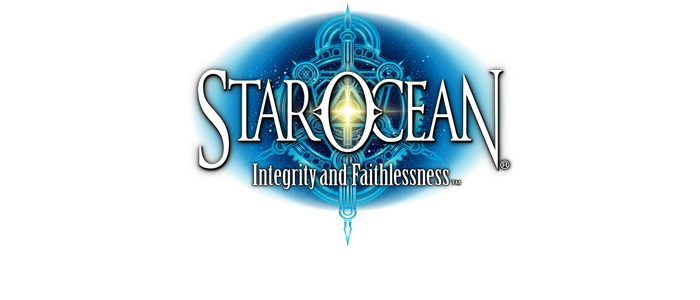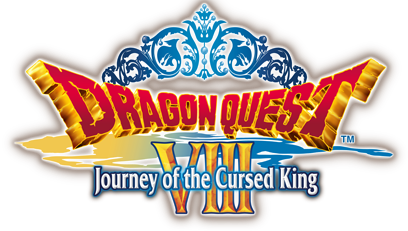- Platform: PS4
- Genre: JRPG
So I’m a bit of a sucker for JRPGs, and the Star Ocean series has never been any different. However, it’s been a while since The Last Hope, and that one was already a pretty big step down for the series. The unfortunate thing is that, while SO5 showed some promise in my playthrough, it’s not reversing the slide.
If you’ve played a Star Ocean game before, this one pretty much follows the pattern. You’ve got a cast of people on a usual nonsense JRPG story. You’re on a backwater planet that happens to be thrown into the midst of fighting between the advanced civilizations in the galaxy. The characters themselves are probably an overall step up from The Last Hope, including an often entertaining, but definitely hilariously dressed mage. The battle system is still a solid action battle system, pretty similar to past titles. In what could have even been an improvement, you get up to 7 active party members at one time, which is one of the larger JRPG parties I’ve seen. However, the game ended up feeling like it was rushed to shipping, and never really pulls into a very cohesive whole.
On the surface, this is a very short game. I ended up clocking around 20 hours to completion, though that was admittedly not a 100% run. What it ends up doing though is progressing the plot extremely quickly, so the story is over as soon as you really feel like you’re growing into the characters. It also means that leveling is EXTREMELY fast. I ended the game just short of level 80, so you can imagine the leveling pace as I was actually fighting through the world. The unfortunate thing is that unlike other Star Ocean games, you’re effectively rooted to one planet. There’s a few excursions to space stations, but nothing permanent. To combat this problem, the enemies scale in the world after certain plot points, but traversing the same areas definitely grows dull.
There were also some very distinct points that drew me to annoyance. In general, the main healer for the party was pretty incapable of staying out of trouble, so I always kept a lot of healing and resurrection items on hand. There were also a handful of boss fights that were effectively the worst kind of escort mission. One in particular had me facing waves of enemies while one of my party members was hacking a door. However, if she alone died, it was a game over. She also would not defend or heal herself, and the enemies would beeline towards her without being able to be tanked by the rest of my party. To say it was frustrating would be a massive understatement.
The unfortunate thing in the end is that I did legitimately enjoy playing the game. Individual fights were just fun, the little side story moments that the series often has were generally just funny, the game generally looked pretty visually solid (if not a bit busy at times). This is just one of those games that very clearly could have benefited a lot from more cycles of iterating on what they had going, because it’s so close to really being a great RPG. At this point I’m just hoping that tri-Ace is now setup with the technology they need for the next few years, so they can truly just spend time working on a next-gen game, rather than next-gen technology.

